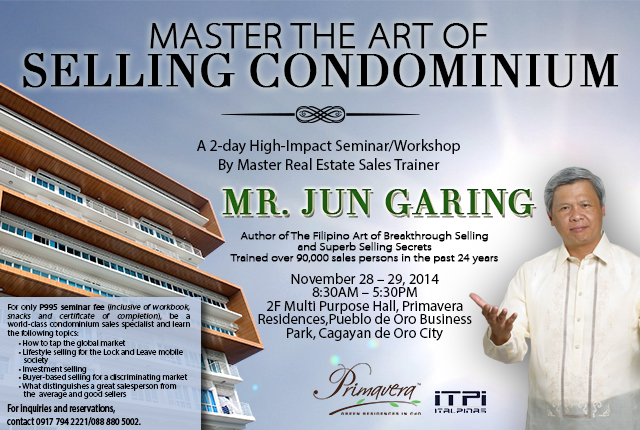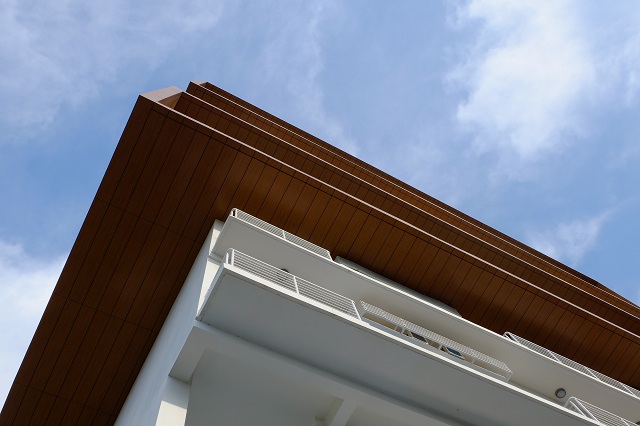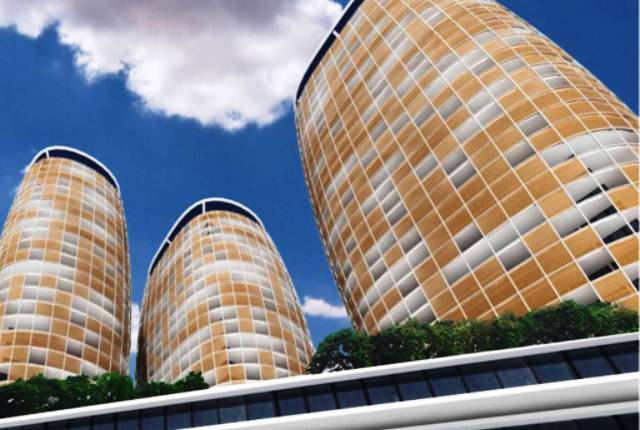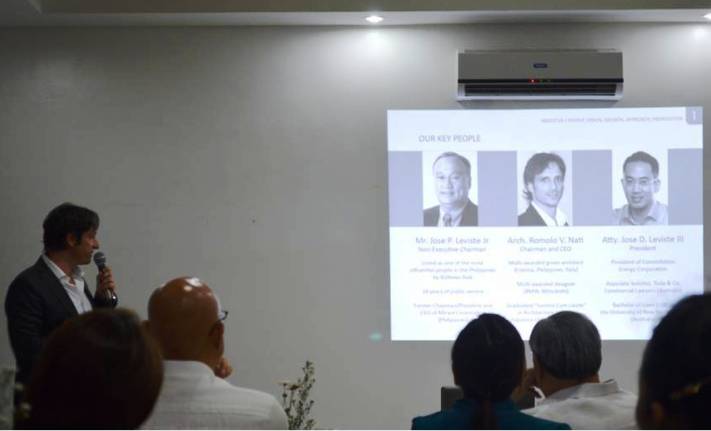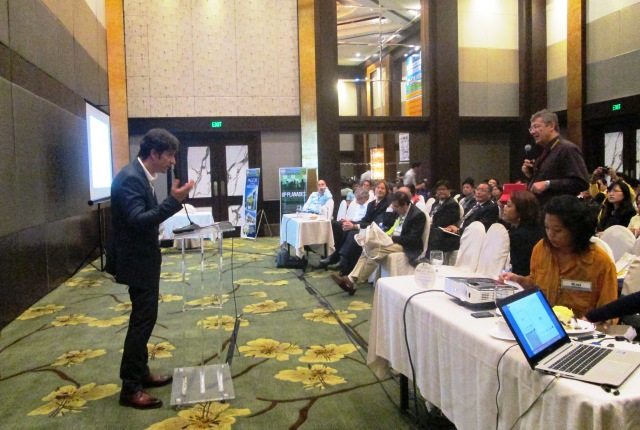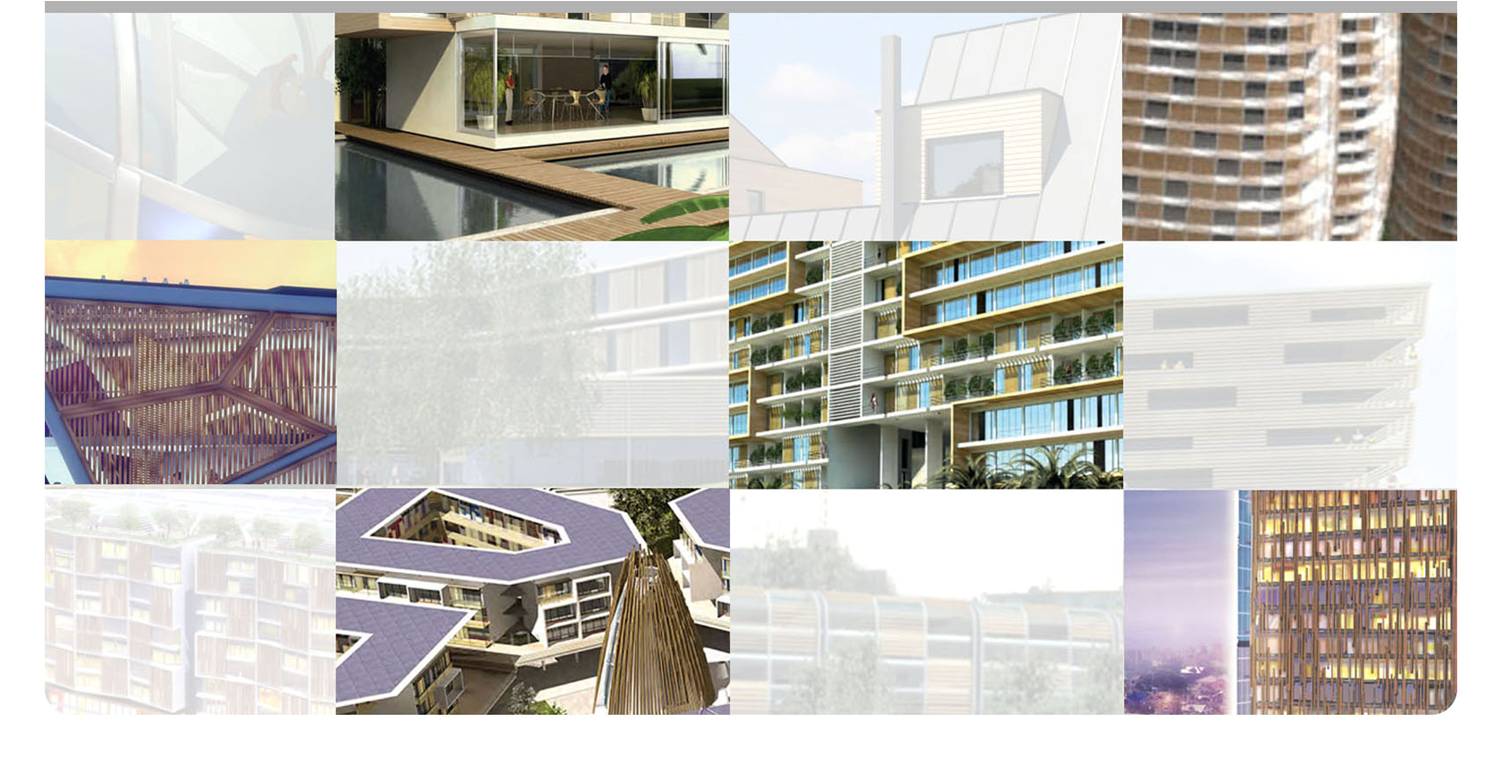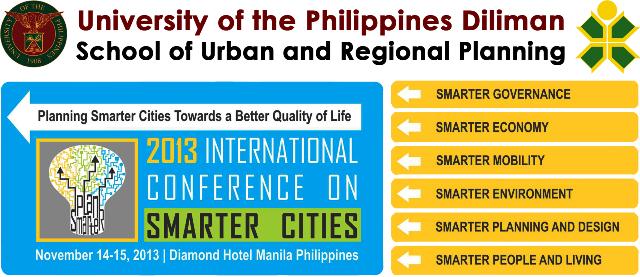Do you want to further enhance your skills in selling? Do you want to learn superb selling secrets from a real estate sales expert?
This coming November 28 to 29, 8:30AM-5:30PM, Primavera Residences invites you to a 2-day High Impact Seminar and Workshop by the renowned master of real estate sales training, Mr. Jun Garing.
Jun Garing, an author, sales trainer and motivator, has trained over 90,000 salespeople from 800 top corporations for the past 24 years. He has been recognized as one of the Outstanding Salesmen in 1976 and 1977. He is also a recipient of numerous awards and citations from various sales and marketing associations in the Philippines and nearby Asian regions.
He authored the book, The Filipino Art of Breakthrough Selling which talked about the successes of Filipinos in terms of selling and marketing. He is also the founder and President of Salesman’s Centre, an institute of training and entrepreneurial development. Currently, he handles sales and training consultancy to business sectors especially in real estate, and manages several entrepreneurial firms.
“Jun Garing is THE Jun Garing. This is the perfect time to learn from the master. Since condominium development is new to our ears, this once in a lifetime opportunity will not just equip you on how to sell but most importantly train you on how to become the best salesman,” Gladys Magadan-Echano, VP for Sales, shared.
Master the Art of Selling Condominium
For only P995 as seminar fee (inclusive of workbook, snacks and certificate of completion), you can be a world-class condominium sales specialist and learn the following topics:
- How to tap the global market
- Lifestyle selling for the Lock and Leave mobile society
- Investment selling
- Buyer-based selling for a discriminating market
- What distinguishes a great sales person from the average and good sellers
“I invite everyone to grab this chance to learn from the expert. It has been said that the difference between a successful person and others is not a lack of strength and knowledge, but rather a lack of will,” Echano said.
Primavera Residences, the first development of Italpinas Euroasian Design and Eco-development Corporation (ITPI) in Cagayan de Oro City, is a 10-storey, two-tower building located at Pueblo de Oro Township offering residential, commercial and office spaces for lease and purchase. All units in the first tower are ready for occupancy while the second tower is slated to be turned over first quarter of 2015.
Buyers and renters may choose from studio, one-bedroom and two-bedroom units. Until December 31, 2014, buyers can avail of its early Christmas promo for the FREE modular kitchen cabinet and installation worth up to 100,000 in savings.
For more information on Primavera Residences, visit its website at www.primaveraresidences.com or call (088) 880-5002 or 0917-794-2221.

